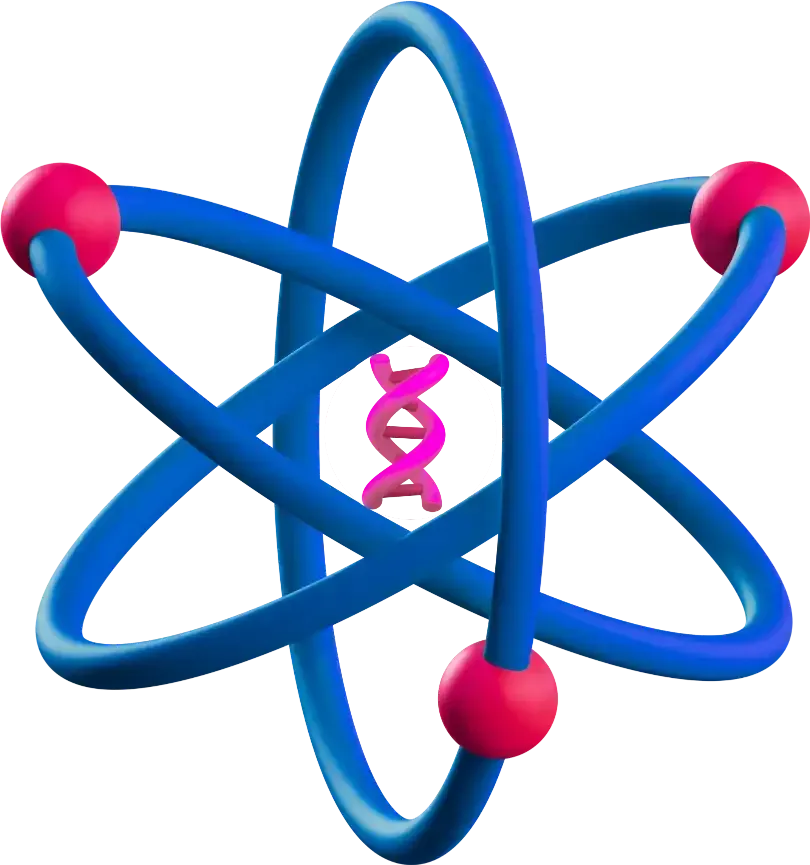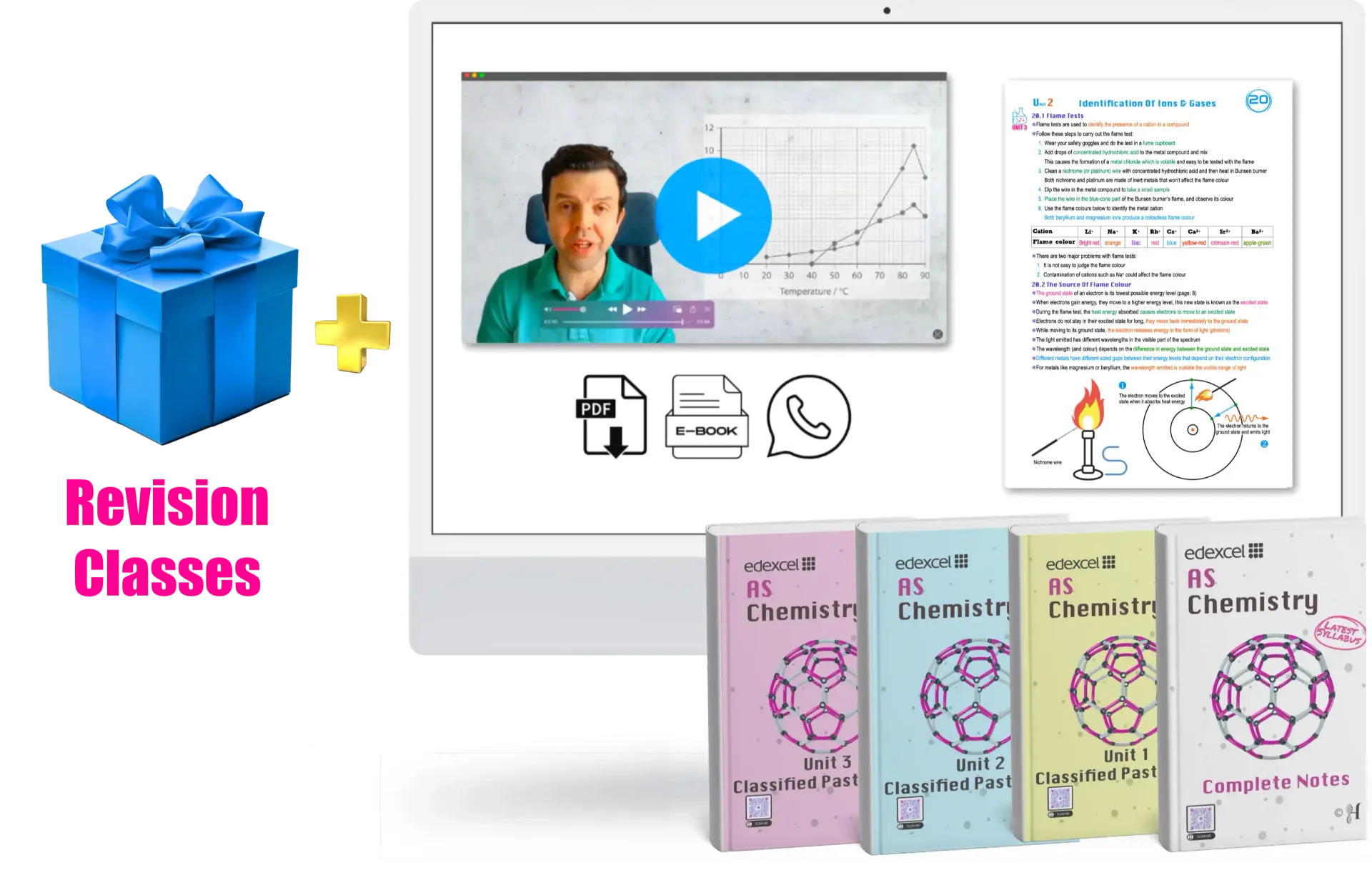Edexcel IAL Chemistry Topic 9 Checklist
specification
(2025–2026 Exams)
Topic 9: Introduction to Kinetics and Equilibria
9A: Kinetics
Understand, in terms of the collision theory
, the effect of changes in concentration, temperature, pressure and surface area on the rate of a chemical reaction
Understand that reactions take place only when collisions have sufficient energy, known as the activation energy
Be able to calculate the rate of a reaction
from:
– The time taken for a reaction, using rate = 1/time
– The gradient of suitable graph, by drawing a tangent, either for initial rate, or at a time, t
– The time taken for a reaction, using rate = 1/time
– The gradient of suitable graph, by drawing a tangent, either for initial rate, or at a time, t
Understand qualitatively, in terms of the Maxwell-Boltzmann distribution
of molecular energies, how changes in temperature affect the rate of a reaction
Understand the role of catalysts
in providing alternative reaction routes of lower activation energy
Be able to draw the reaction profiles
for uncatalysed and catalysed reactions, including the energy level of the intermediate formed with the catalyst
Understand the use of catalysts
in industry to make processes more sustainable by using less energy and/or higher atom economy
Be able to interpret the action of a catalyst in terms of a qualitative understanding of the Maxwell-Boltzmann distribution
of molecular energies
Further suggested practical:
Experiments to demonstrate the factors that influence the rate of chemical reactions, including the decomposition of hydrogen peroxide, reaction of marble chips with acid, reaction of thiosulfate ions with acid
9B: Equilibria
Know that many reactions are readily reversible and that they can reach a state of dynamic equilibrium
in which:
– The rate of the forward reaction is equal to the rate of the backward reaction
– The concentrations of the reactants and the products remain constant
– The rate of the forward reaction is equal to the rate of the backward reaction
– The concentrations of the reactants and the products remain constant
Be able to predict and justify the qualitative effects of changes of temperature
, pressure
and concentration
on the position of equilibrium in a homogeneous system
Evaluate data to explain the necessity, for many industrial processes, to reach a compromise between the yield
and the rate of reaction
Further suggested practicals:
– Demonstrate the effect of a change of temperature, pressure and concentration on a system at equilibrium:
– Chlorine reacting with iodine to form iodine(I) chloride, which then reacts with chlorine to form iodine(III) chloride
– The equilibrium system between nitrogen dioxide (NO 2 ) and dinitrogen tetroxide (N 2 O 4 )
– Demonstrate the effect of a change of temperature, pressure and concentration on a system at equilibrium:
– Chlorine reacting with iodine to form iodine(I) chloride, which then reacts with chlorine to form iodine(III) chloride
– The equilibrium system between nitrogen dioxide (NO 2 ) and dinitrogen tetroxide (N 2 O 4 )

